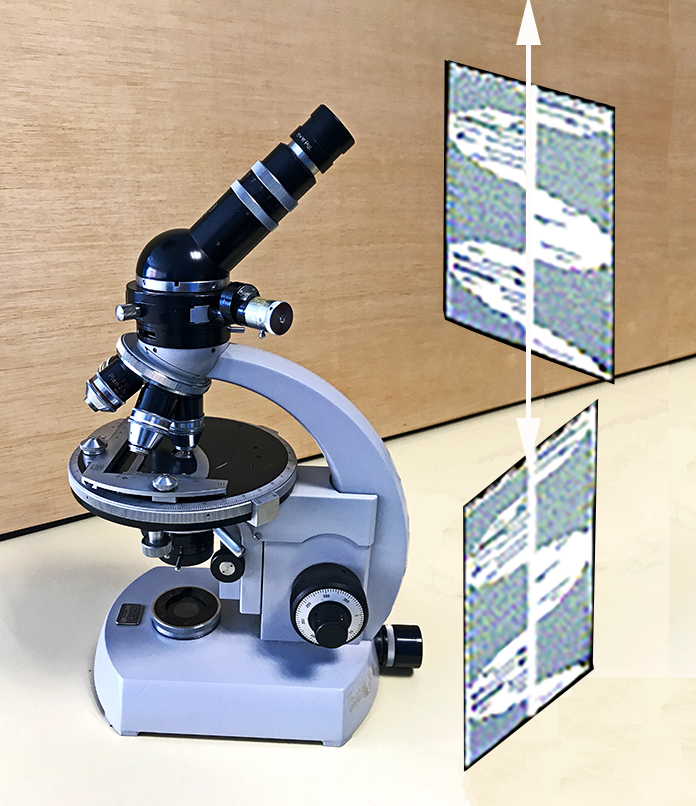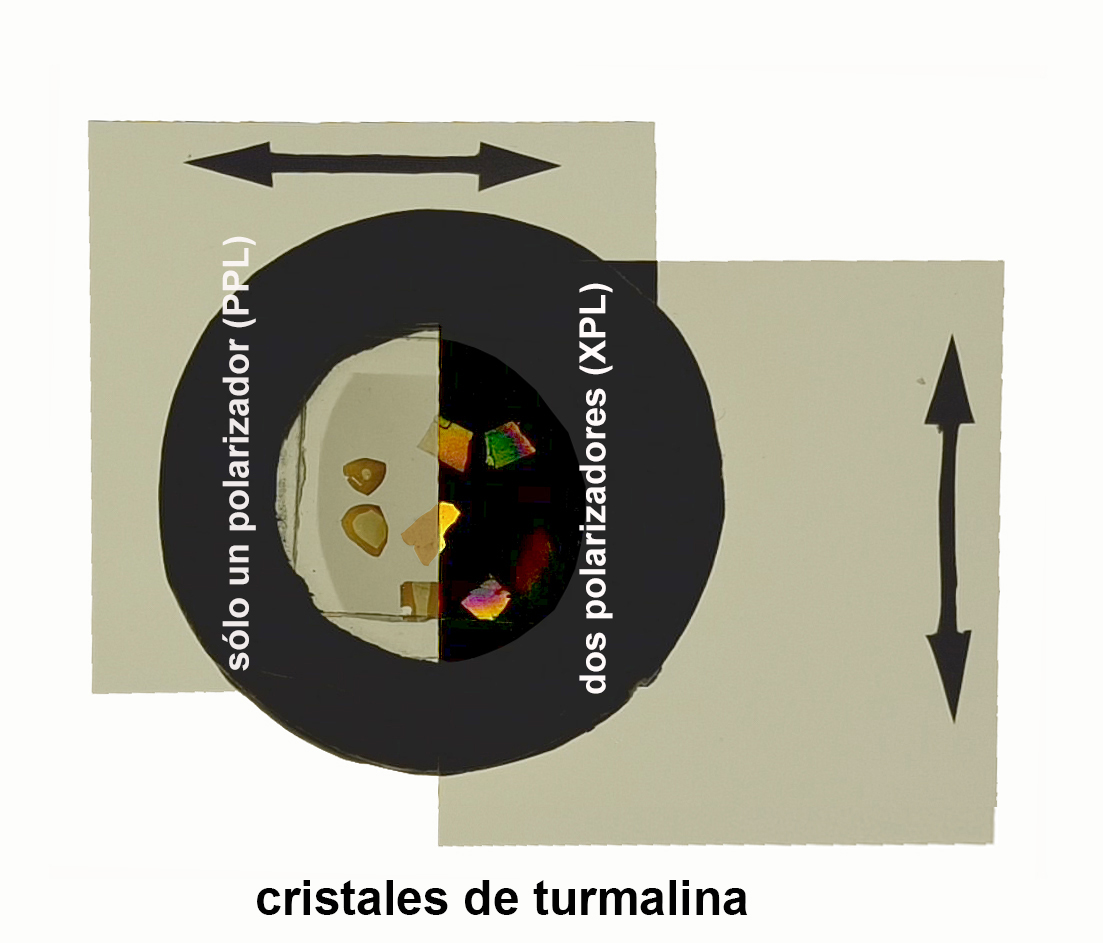Analyser
It is a polaroid sheet that produces plane polarized light, similar to the polarizer but placed with its direction of vibration perpendicular.
Below it is a slot where compensating plates can be inserted.

Unlike the polariser, the analyser does not always have a part to play in the passage of the light rays and can be installed or removed at will. It is used to study certain properties but is not necesary for others.
When only the polariser is being used, a normal image is observed, but when the analyser is in place, an extinction of light occurs.
If an anisotropic substance is in the light's path, the light splits into two rays which vibrate perpendicularly and do not necessarily coincide with the directions of the polariser or analyser. When these rays reach the analyser, two components come into being which vibrate, one on the plane of the analyser and the other on a perpendicular one. The former is responsible for the grain being seen, whilst the latter is annulled. A false colour appears, known as an interference colour.
